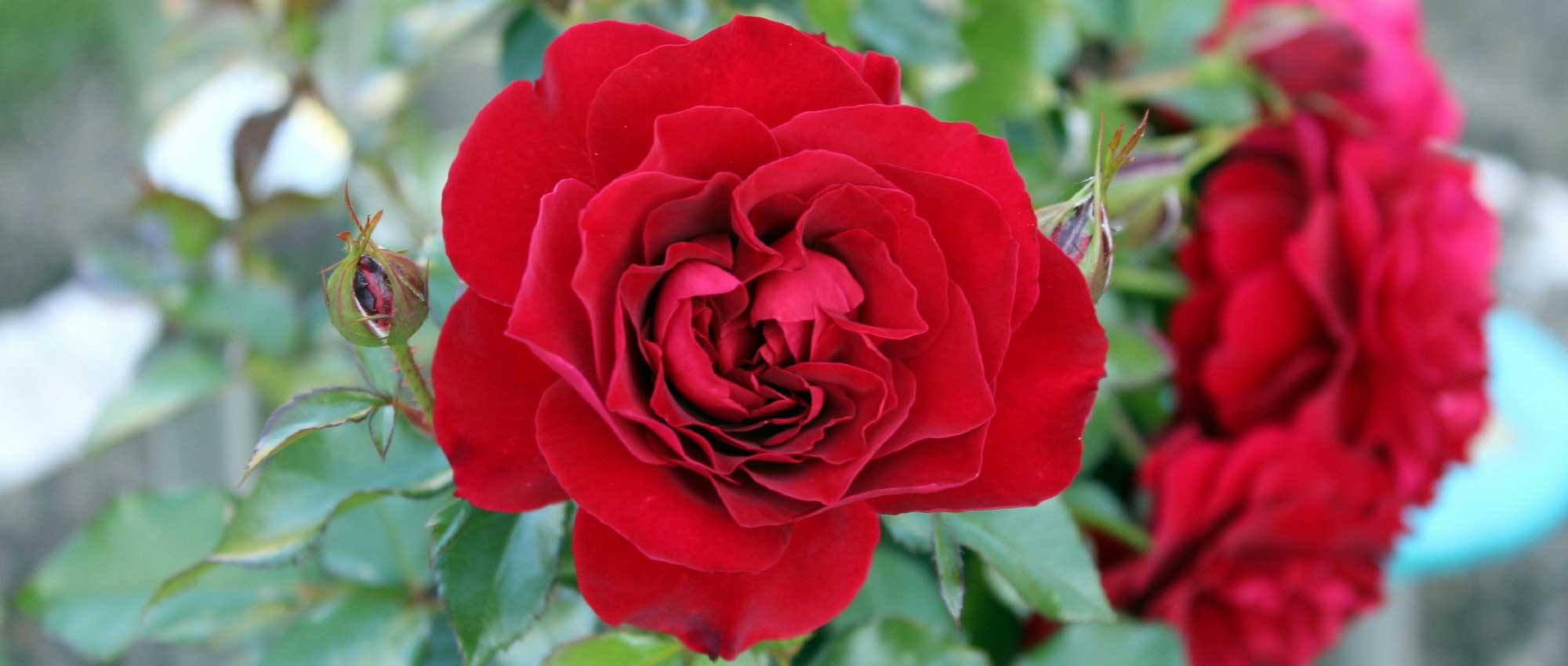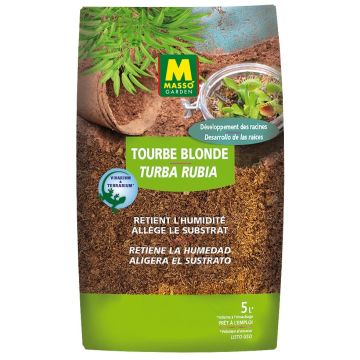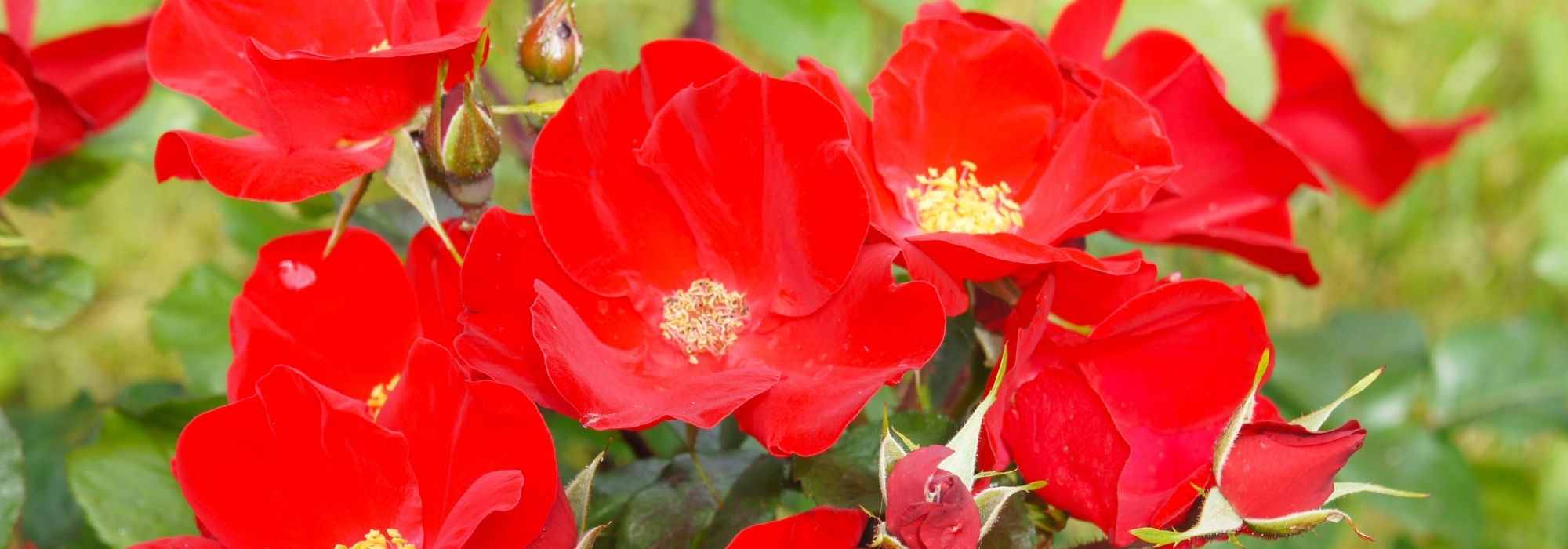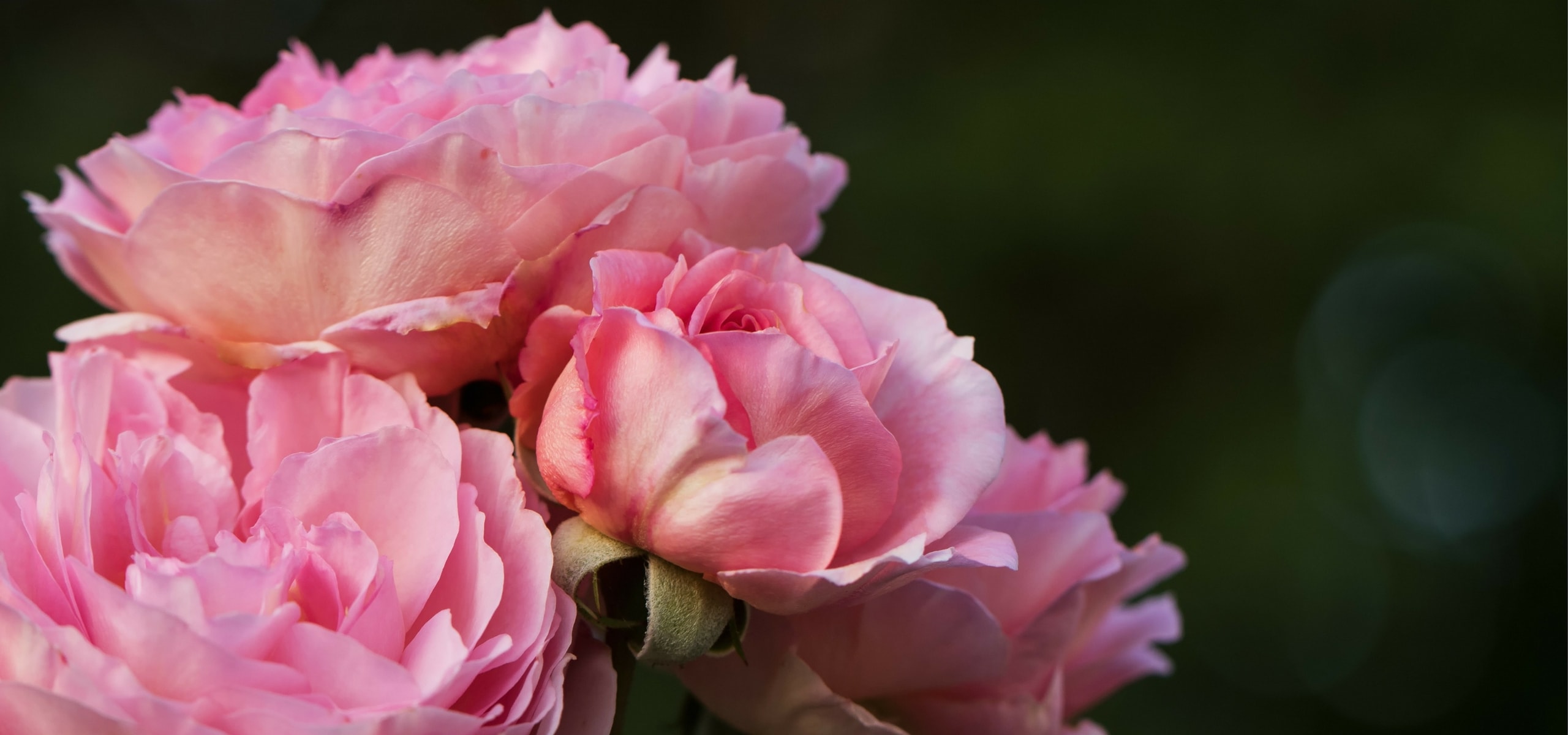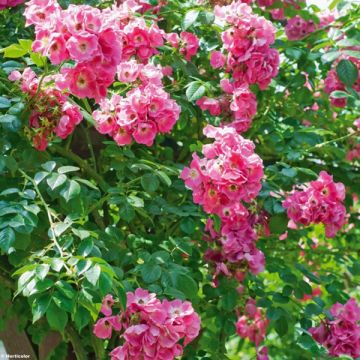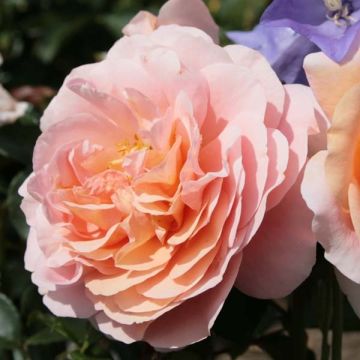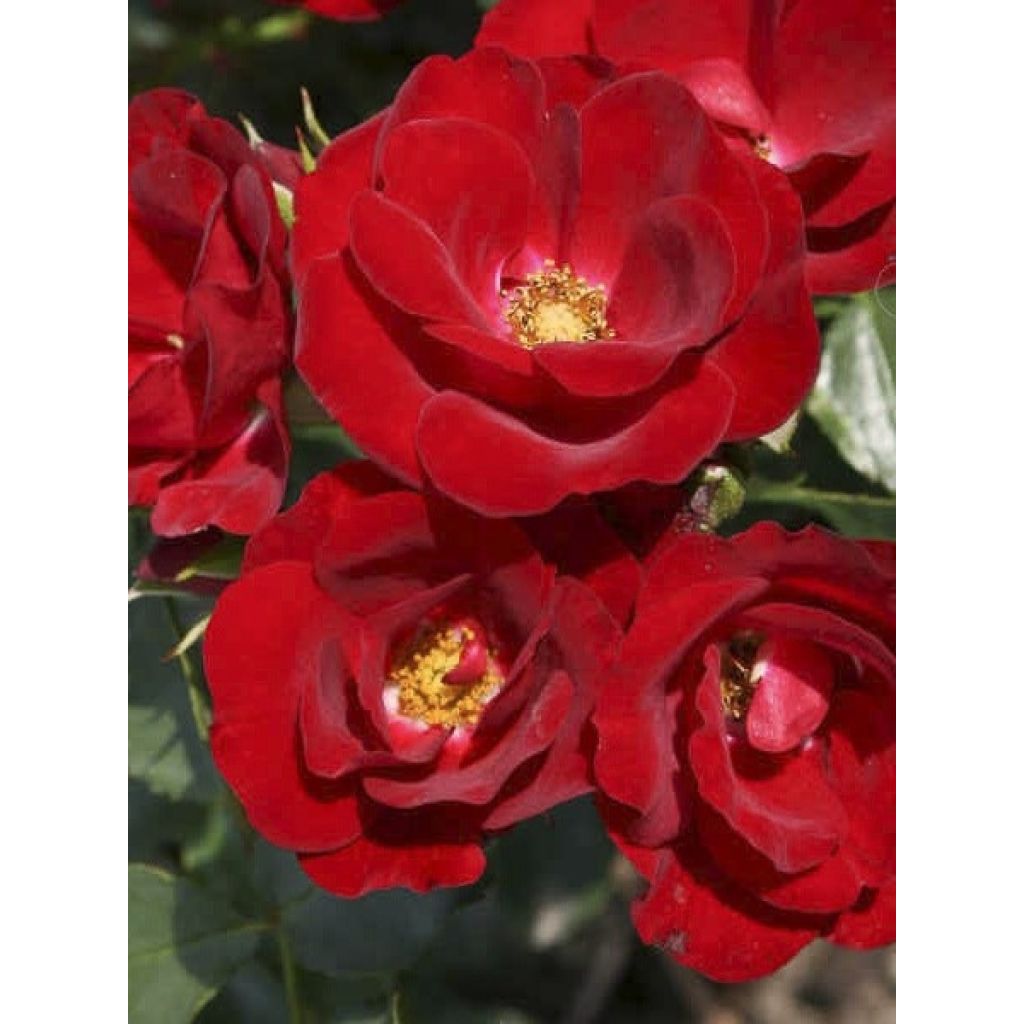

Rosa x polyantha Urban Streetlight Marondo - Groundcover Rose


Rosa x polyantha Urban Streetlight Marondo - Groundcover Rose
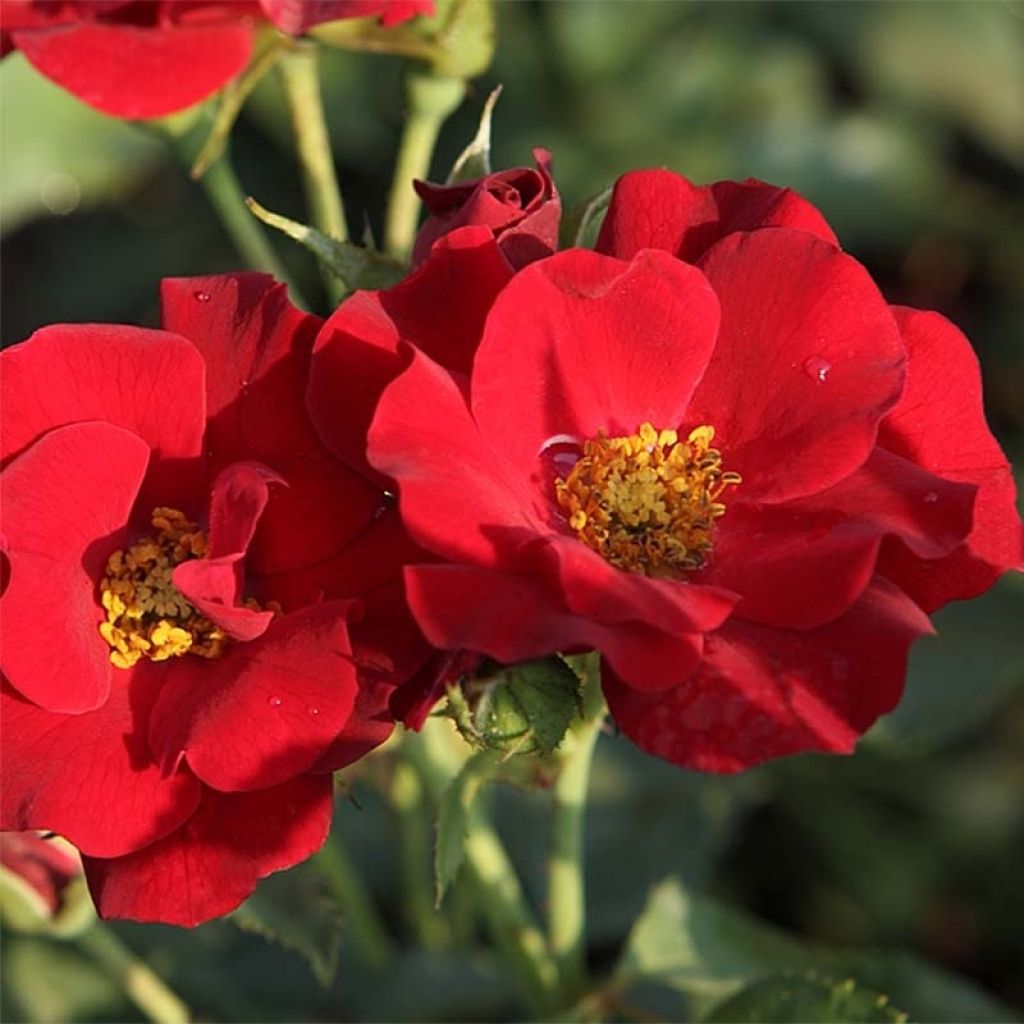

Rosa x polyantha Urban Streetlight Marondo - Groundcover Rose
Rosa x polyantha Urban Streetlight Marondo - Groundcover Rose
Rosa x polyantha Urban Streetlight® Marondo®
Rose
Special offer!
Receive a €20 voucher for any order over €90 (excluding delivery costs, credit notes, and plastic-free options)!
1- Add your favorite plants to your cart.
2- Once you have reached €90, confirm your order (you can even choose the delivery date!).
3- As soon as your order is shipped, you will receive an email containing your voucher code, valid for 3 months (90 days).
Your voucher is unique and can only be used once, for any order with a minimum value of €20, excluding delivery costs.
Can be combined with other current offers, non-divisible and non-refundable.
We guarantee the quality of our plants for a full growing cycle, and will replace at our expense any plant that fails to recover under normal climatic and planting conditions.
Description
The Urban Streetlight 'Marondo' rose bush is a brand new variety of groundcover rose from Kordes, appreciated for its disease resistance and its long flowering period in an elegant velvet red. With a slightly spreading habit, this lively little bush forms a remarkable dome of semi-double roses, blooming for 4 to 5 months. Its beautiful foliage, a bright and shiny green, is not disfigured by rose diseases. Robust and hardy, this rose bush requires little attention and care from the gardener, even for beginners. Elegant, glossy, and generous, it works wonders in front of taller shrubs, in large borders along pathways...
The flowers of Rosa x polyantha Marondo (Korlinolip) are arranged in terminal clusters and come from the polyantha rose, an old hybrid from Rosa multiflora and Rosa chinensis. This excellent variety was introduced in 2017 by the German rose breeder Kordes. It is part of a series of roses developed in partnership with 'Globe Planter', the 'Urban Streetlight' series, bringing together varieties selected for their disease resistance, robustness, and ability to flower enthusiastically without requiring much maintenance. These plants are widely used in urban landscaping.
This well-behaved small bush has a slightly wider than tall bushy habit. In a few years, it will reach approximately 60 cm (24in) in height with a spread of 70-80 cm (28-32in). The 5 cm (2in) flowers, with 9 to 12 petals, clustered in bouquets, are abundantly and regularly produced from June to October if the soil remains moist. In this Marondo variety, the intense red flower buds open into velvety corollas of rich red, sometimes marked with rare small white streaks. They open widely to reveal a beautiful nest of golden stamens. The flowers are followed by numerous small red fruits that remain decorative until winter. This variety is highly disease resistant and develops elegant, well-filled foliage of a beautifully glossy bright green. Its stems are thorny, and the plant is leafless in winter.
The 'Marondo' groundcover rose adapts to all soils that are not too dry and all climates, making it suitable for many regions. It works wonders as a border, in a flower bed, in a pot on the patio, or on a large slope where it will cover and retain the soil. It can also be planted in groups of three plants, arranged in a triangle, or as a specimen feature on a lawn. Plant it en masse or combine it with white groundcover roses (Swany, Marie Pavie) to highlight the path or the borders of light or opulent shrubs and perennials. For example, it can be paired with perennial geraniums (Geranium Blue Cloud, Anne Folkard, Nimbus, Orion), bellflowers (lactiflora, rapunculoides), catmints, foxgloves, or other perennial salvias.
Plant habit
Flowering
Foliage
Botanical data
Rosa
x polyantha
Urban Streetlight® Marondo®
Rosaceae
Rose
Cultivar or hybrid
Planting and care
Rose bushes prefer a sunny location (at least 4 to 5 hours of sun per day) but protected from the scorching midday rays and strong winds. Rose bushes appreciate loose, permeable soil rich in humus. They prefer slightly acidic soil but will adapt to any garden as long as the soil is well cultivated and sufficiently fertile. To plant your rose bush in a pot, work the soil to a depth of 25 cm, crumble the soil well and place a bottom amendment such as bonemeal. Position your plant, free from its pot, by covering the top of the root ball with 3 cm (1in) of soil, backfill and water generously to eliminate air pockets. During dry weather, regular watering is necessary for a few weeks to encouage root growth. Remember to provide your rose bush with special rose fertiliser to stimulate flowering in the plants.
Planting period
Intended location
Care
Planting & care advice
This item has not been reviewed yet - be the first to leave a review about it.
Similar products
Haven't found what you were looking for?
Hardiness is the lowest winter temperature a plant can endure without suffering serious damage or even dying. However, hardiness is affected by location (a sheltered area, such as a patio), protection (winter cover) and soil type (hardiness is improved by well-drained soil).

Photo Sharing Terms & Conditions
In order to encourage gardeners to interact and share their experiences, Promesse de fleurs offers various media enabling content to be uploaded onto its Site - in particular via the ‘Photo sharing’ module.
The User agrees to refrain from:
- Posting any content that is illegal, prejudicial, insulting, racist, inciteful to hatred, revisionist, contrary to public decency, that infringes on privacy or on the privacy rights of third parties, in particular the publicity rights of persons and goods, intellectual property rights, or the right to privacy.
- Submitting content on behalf of a third party;
- Impersonate the identity of a third party and/or publish any personal information about a third party;
In general, the User undertakes to refrain from any unethical behaviour.
All Content (in particular text, comments, files, images, photos, videos, creative works, etc.), which may be subject to property or intellectual property rights, image or other private rights, shall remain the property of the User, subject to the limited rights granted by the terms of the licence granted by Promesse de fleurs as stated below. Users are at liberty to publish or not to publish such Content on the Site, notably via the ‘Photo Sharing’ facility, and accept that this Content shall be made public and freely accessible, notably on the Internet.
Users further acknowledge, undertake to have ,and guarantee that they hold all necessary rights and permissions to publish such material on the Site, in particular with regard to the legislation in force pertaining to any privacy, property, intellectual property, image, or contractual rights, or rights of any other nature. By publishing such Content on the Site, Users acknowledge accepting full liability as publishers of the Content within the meaning of the law, and grant Promesse de fleurs, free of charge, an inclusive, worldwide licence for the said Content for the entire duration of its publication, including all reproduction, representation, up/downloading, displaying, performing, transmission, and storage rights.
Users also grant permission for their name to be linked to the Content and accept that this link may not always be made available.
By engaging in posting material, Users consent to their Content becoming automatically accessible on the Internet, in particular on other sites and/or blogs and/or web pages of the Promesse de fleurs site, including in particular social pages and the Promesse de fleurs catalogue.
Users may secure the removal of entrusted content free of charge by issuing a simple request via our contact form.
The flowering period indicated on our website applies to countries and regions located in USDA zone 8 (France, the United Kingdom, Ireland, the Netherlands, etc.)
It will vary according to where you live:
- In zones 9 to 10 (Italy, Spain, Greece, etc.), flowering will occur about 2 to 4 weeks earlier.
- In zones 6 to 7 (Germany, Poland, Slovenia, and lower mountainous regions), flowering will be delayed by 2 to 3 weeks.
- In zone 5 (Central Europe, Scandinavia), blooming will be delayed by 3 to 5 weeks.
In temperate climates, pruning of spring-flowering shrubs (forsythia, spireas, etc.) should be done just after flowering.
Pruning of summer-flowering shrubs (Indian Lilac, Perovskia, etc.) can be done in winter or spring.
In cold regions as well as with frost-sensitive plants, avoid pruning too early when severe frosts may still occur.
The planting period indicated on our website applies to countries and regions located in USDA zone 8 (France, United Kingdom, Ireland, Netherlands).
It will vary according to where you live:
- In Mediterranean zones (Marseille, Madrid, Milan, etc.), autumn and winter are the best planting periods.
- In continental zones (Strasbourg, Munich, Vienna, etc.), delay planting by 2 to 3 weeks in spring and bring it forward by 2 to 4 weeks in autumn.
- In mountainous regions (the Alps, Pyrenees, Carpathians, etc.), it is best to plant in late spring (May-June) or late summer (August-September).
The harvesting period indicated on our website applies to countries and regions in USDA zone 8 (France, England, Ireland, the Netherlands).
In colder areas (Scandinavia, Poland, Austria...) fruit and vegetable harvests are likely to be delayed by 3-4 weeks.
In warmer areas (Italy, Spain, Greece, etc.), harvesting will probably take place earlier, depending on weather conditions.
The sowing periods indicated on our website apply to countries and regions within USDA Zone 8 (France, UK, Ireland, Netherlands).
In colder areas (Scandinavia, Poland, Austria...), delay any outdoor sowing by 3-4 weeks, or sow under glass.
In warmer climes (Italy, Spain, Greece, etc.), bring outdoor sowing forward by a few weeks.






























